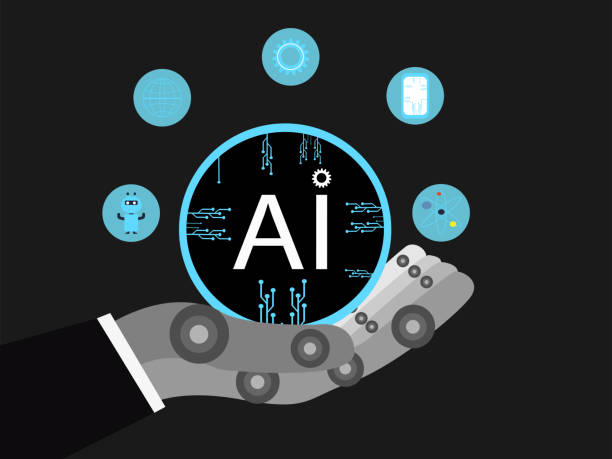What is an AI Robot and How Does it Work?

What is an AI Robot and How Does it Work?
#AI Robot (AI Robot) is a combination of two key technologies: Artificial Intelligence and Robotics.
Simply put, they are robots that use AI algorithms to perform tasks that typically require human intelligence.
These tasks can include learning, reasoning, problem-solving, sensory perception (such as sight and hearing), and interacting with the environment.
AI robots use sensors to collect information from their environment, and then, by processing this information with AI algorithms, they make decisions and perform appropriate actions.
The operation of an AI robot can be divided into the following stages:
- Information Acquisition: Sensors collect information from the environment.
- Information Processing: AI algorithms analyze and interpret the information.
- Decision Making: The robot decides what action to take based on the information analysis.
- Execution: The robot performs the desired action using actuators.
Among the most important AI algorithms used in robots are Machine Learning, Neural Networks, and Natural Language Processing.
These algorithms help robots learn from their experiences, identify patterns, and communicate with humans in natural language.
Artificial intelligence is generally a broad branch of computer science.
Are you losing customers because of your outdated website appearance or slow e-commerce site? Rasaweb’s expert team solves these problems with professional e-commerce website design!
✅ Increase customer trust and brand credibility
✅ Stunning speed and excellent user experience
Get a free consultation with Rasaweb right now ⚡
Extensive Applications of AI Robots in Various Industries

Extensive Applications of AI Robots in Various Industries
AI robots are revolutionizing various industries and have a wide range of applications.
In the manufacturing industry, AI robots are used for automating production lines, inspecting product quality, and performing dangerous tasks.
These robots can work continuously with high precision, leading to increased productivity and reduced costs.
In healthcare, surgical robots, pharmacy robots, and nursing robots assist doctors and nurses in providing better services to patients.
Surgical robots can perform complex surgeries with greater precision, and nursing robots can help patients with daily activities.
In the service industry, AI robots are providing customer services, answering questions, and offering technical support.
These robots can be available 24/7 and assist customers anytime, anywhere.
In education, AI robots can act as private tutors, helping students learn course concepts better.
These robots can interact with students and provide personalized feedback.
In the agricultural industry, AI robots are collecting data, analyzing soil, and automating farm irrigation.
These robots can help farmers produce more crops with better quality and save water and fertilizer.
The use of #AI robots in agriculture is expanding day by day.
Advantages and Disadvantages of Using AI Robots
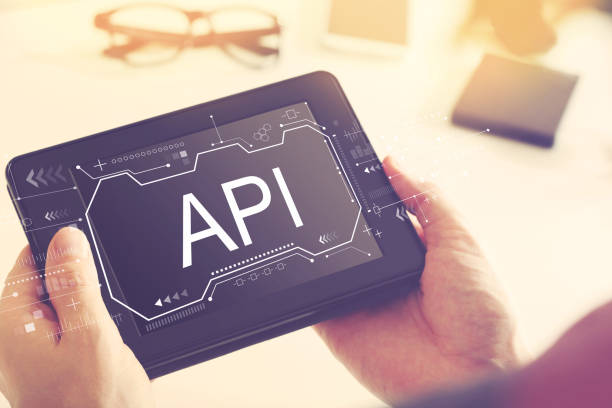
Advantages and Disadvantages of Using AI Robots
Using AI robots offers many advantages.
These advantages include increased productivity, reduced costs, improved quality of products and services, performing dangerous and repetitive tasks, and providing better customer service.
Robots can work continuously without fatigue and reduce human errors.
However, the use of AI robots also has disadvantages.
These disadvantages include high setup and maintenance costs, the need for technical expertise for programming and maintenance, and concerns about job displacement.
Furthermore, ethical issues related to the use of #AI robots in important decision-making and privacy protection must also be considered.
Comparative Table of Advantages and Disadvantages of AI Robots
| Advantages | Disadvantages |
|---|---|
| Increased Productivity | High Setup Costs |
| Reduced Costs | Need for Technical Expertise |
| Improved Quality | Job Displacement Concerns |
| Performing Dangerous Tasks | Ethical Issues |
| Better Customer Service | Implementation Complexities |
For example, in an automobile manufacturing plant, the use of AI robots can increase production speed, reduce waste, and improve vehicle quality.
However, at the same time, it might lead to job losses for some workers.
Therefore, the advantages and disadvantages of using AI robots must be carefully examined, and informed decisions should be made.
The Future of AI Robots and Upcoming Prospects

The Future of AI Robots and Upcoming Prospects
The future of AI robots looks very bright.
With continuous advancements in artificial intelligence and robotics, AI robots are expected to play a much more significant role in our lives in the future.
Robots will be able to perform more complex tasks, interact more naturally with humans, and even understand human emotions.
In the future, we might see robots living in our homes, caring for us, and assisting us with daily tasks.
Additionally, robots may help us make new discoveries in space, underwater, and in dangerous areas.
Robotics is rapidly advancing, and AI robots promise a transformative future.
One of the most important challenges facing the development of AI robots is solving the ethical issues related to the use of this technology.
It must be ensured that robots are designed and programmed in a way that respects human rights and values and prevents their misuse.
Furthermore, attention must be paid to the issue of job displacement due to automation, and solutions must be provided for creating new jobs and training the workforce to use new technologies.
AI robots present a future full of opportunities and challenges.
Don’t have a corporate website yet and missing out on online opportunities? With professional corporate website design by Rasaweb,
✅ Double your business credibility
✅ Attract new customers
⚡ Free consultation for your corporate website!
How AI Robots Influence Our Daily Lives

How AI Robots Influence Our Daily Lives
AI robots are already influencing our daily lives.
These influences include the use of voice assistants like Siri and Alexa, the use of robotic vacuum cleaners, the use of chatbots in customer services, and the use of AI algorithms in social networks and search engines.
These technologies have made our lives easier, more efficient, and more enjoyable.
In the future, the impact of AI robots on our lives is expected to grow.
Robots can help us with daily tasks such as shopping, cooking, driving, and caring for the elderly.
Furthermore, robots can help us improve our health, increase productivity, and learn new skills.
#AI robots are gradually integrating into our lives.
However, it must also be noted that the use of AI robots can bring challenges.
These challenges include over-reliance on technology, reduced human interaction, and concerns related to privacy protection.
Therefore, AI robots must be used consciously and responsibly, and attention must be paid to their effects on our lives and society.
AI robots have great potential to improve our lives, but they must be used correctly and ethically.
Different Types of AI Robots and Their Characteristics
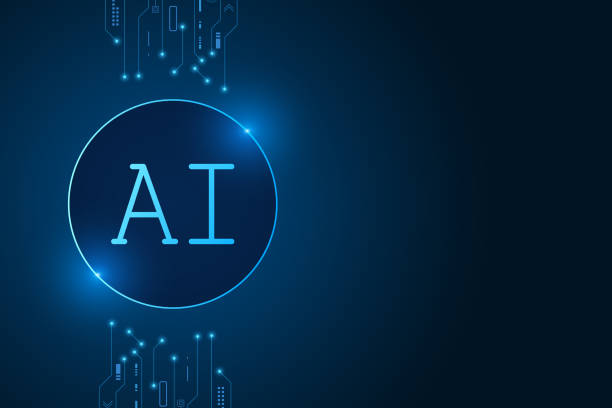
Different Types of AI Robots and Their Characteristics
AI robots can be categorized based on various criteria.
Based on the type of application, robots can be divided into industrial robots, service robots, medical robots, military robots, and educational robots.
Industrial robots are used in factories for performing repetitive and dangerous tasks.
Service robots are used in hotels, restaurants, and hospitals to provide services to customers and patients.
Medical robots assist doctors in surgeries and disease diagnosis.
Military robots are used in wars and security operations.
Educational robots help students learn course concepts.
AI robots perform specific tasks in each of these categories.
Based on the type of movement, robots can be divided into stationary robots, mobile robots, flying robots, and underwater robots.
Stationary robots remain in a fixed location and perform their tasks there.
Mobile robots can move within an environment and perform their tasks in various locations.
Flying robots can fly in the air and perform tasks such as imaging and surveillance.
Underwater robots can float in water and perform tasks such as sea exploration and data collection.
#AI robots have applications in different environments depending on their type of movement.
Challenges in Developing and Implementing AI Robots

Challenges in Developing and Implementing AI Robots
The development and implementation of AI robots face numerous challenges.
These challenges include high research and development costs, a shortage of skilled personnel, technical complexities, ethical and legal issues, and cybersecurity concerns.
Developing advanced AI robots requires significant investments in research and development.
Furthermore, there is a need to train skilled personnel in fields such as artificial intelligence, robotics, software engineering, and other related disciplines.
AI robots require diverse expertise.
Implementing AI robots can also face challenges.
These challenges include the robots’ adaptability to real-world environments, ensuring their correct operation in various conditions, and maintaining their cybersecurity.
Robots must be able to function correctly in real-world environments that may be full of noise, ambiguity, and changes.
Additionally, it must be ensured that robots are protected against cyberattacks and misuse.
Security issues related to #AI robots are very important.
Sample Table of AI Robot Applications
| Industry | AI Robot Application |
|---|---|
| Manufacturing | Production line automation, quality inspection |
| Healthcare | Robotic surgery, automated pharmacy |
| Services | Customer support, hotel services |
| Agriculture | Automated irrigation, crop harvesting |
| Education | Personalized learning, private tutoring |
Ethical Considerations in Designing and Using AI Robots
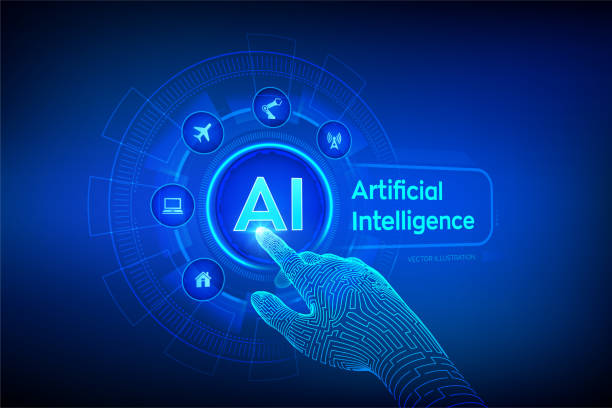
Ethical Considerations in Designing and Using AI Robots
The design and use of AI robots bring important ethical considerations.
These considerations include accountability, transparency, fairness, privacy, and security.
It must be determined who is responsible for the robots’ performance and who will be held accountable in case of errors or damages.
Additionally, the robots’ operation must be transparent, making it easy to understand how they make decisions and act.
AI robots must be designed to act fairly and prevent discrimination.
Privacy is also an important issue in the use of AI robots.
Robots may collect and process a lot of personal information, so it must be ensured that this information is securely stored and not misused.
Security is also a critical issue.
Robots must be protected against cyberattacks and misuse, as otherwise, they might pose serious risks to individuals and organizations.
#AI robots must be designed to be ethically and legally acceptable.
Are you losing business opportunities because of an outdated website? With Rasaweb, permanently solve the problem of not attracting potential customers through your website!
✅ Attract more high-quality leads
✅ Increase brand credibility in the eyes of customers
⚡ Get a free consultation for corporate website design
The Role of Governments and Organizations in Regulating AI Robots

The Role of Governments and Organizations in Regulating AI Robots
Governments and organizations play a crucial role in regulating AI robots.
Regulations should be designed to support the benefits of using AI robots while mitigating the associated risks and challenges.
Regulations can include standards for robot design and manufacturing, laws for accountability and responsibility, and guidelines for privacy and security.
AI robots must be supervised and controlled.
Furthermore, governments and organizations can contribute to the responsible development of AI robots by supporting research and development, training skilled personnel, and raising public awareness.
It must be ensured that regulations are designed to encourage innovation and progress and avoid creating unnecessary obstacles.
Regulations related to #AI robots must be continuously reviewed and updated to keep pace with technological advancements.
How Can We Prepare for a Future with AI Robots?
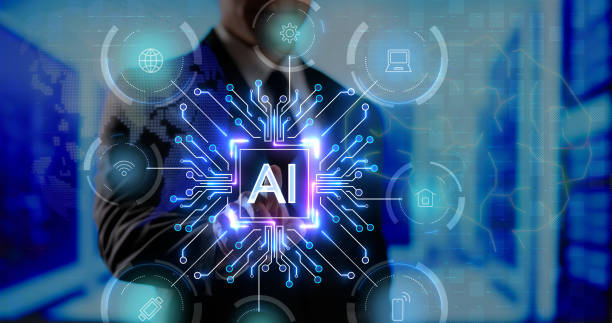
How Can We Prepare for a Future with AI Robots?
To prepare for a future with AI robots, we must implement necessary changes in our education system, job market, and laws and regulations.
The education system must be designed to prepare students for future jobs that require new skills.
The job market must be organized to create new employment opportunities for individuals who have lost their jobs due to automation.
Laws and regulations must be formulated to protect human rights and values against the risks and challenges associated with AI robots.
AI robots necessitate preparedness for facing changes.
Furthermore, we must increase public awareness about AI robots and help people better understand this technology and its impact on their lives.
We must educate people on how to use AI robots safely and responsibly and how to protect their rights against misuse.
By preparing for changes and raising public awareness, we can benefit from the advantages of using #AI robots while mitigating the associated risks and challenges.
Frequently Asked Questions
| Question | Answer |
|---|---|
| What is an AI robot? | It is a robot that uses artificial intelligence capabilities to perceive the environment, reason, learn, and make decisions to perform complex tasks autonomously. |
| What is the main difference between a regular robot and an AI robot? | AI robots can learn and adapt to their environment, while regular robots typically operate based on fixed, predetermined programming. |
| In what areas are AI robots used? | In fields such as industry (production lines), medicine (robotic surgeries), services (customer support, smart vacuum cleaners), exploration (space and underwater), and entertainment. |
| How do AI robots learn? | They acquire new skills by analyzing large data and identifying patterns through Machine Learning and Deep Learning algorithms. |
| Can AI robots have emotions? | Currently, no. They can identify or simulate emotions, but they do not experience actual emotions like humans. |
| What are the most important advantages of using AI robots? | Increased productivity, reduced human error, performing dangerous or repetitive tasks, and providing innovative and efficient services. |
| What challenges exist in the development of AI robots? | The need for abundant and high-quality data, algorithmic complexity, ethical issues, cybersecurity, and high research and development costs. |
| Are AI robots dangerous to humans? | With adherence to safe design principles and ethical regulations, no. Concerns are mostly related to social and economic impacts, such as changes in the job market. |
| What is an example of an AI robot in daily life? | Smart robotic vacuum cleaners (like Roomba) that automatically map and clean the house, or smart voice assistants (like Siri and Alexa). |
| How is the future of AI robots predicted? | They are expected to become smarter, more autonomous, and capable of more complex interactions with humans, playing a more prominent role in industry, medicine, transportation, and daily life. |
And other advertising services from Rasaweb Digital Marketing Agency
- Smart Conversion Rate Optimization: Designed for businesses seeking to attract customers through intelligent data analysis.
- Smart Marketplace: Designed for businesses looking to increase sales through personalized user experience.
- Smart Sales Automation: An effective tool for increasing click-through rates with attractive UI design.
- Smart Website Development: A professional solution for online growth focusing on SEO-driven content strategy.
- Smart Brand Identity: A quick and efficient solution for customer attraction focusing on custom programming.
And over hundreds of other services in internet advertising, advertising consultation, and organizational solutions
Internet Advertising | Advertising Strategy | Advertorial
Resources
Artificial Intelligence on Digikala Mag, Applications of Artificial Intelligence on Virgol, Robotics News on Irandoc, Artificial Intelligence Training on Maktabkhooneh
? Rasaweb Digital Marketing Agency is your companion and guide on the challenging path of the digital world. By providing services such as website design with a modern user interface, professional SEO, and specialized content production, we elevate your business and establish a powerful online presence for you.
📍 Tehran, Mirdamad Street, next to the Central Bank, South Kazeroon Alley, Ramin Alley, No. 6

